Why did Danone Failed in India?
Today, we will discuss about India’s one of the biggest milk brand denone and what is the reason that danone fail in India?
Table of Contents
ToggleIndia is the world’s biggest producer and consumer of dairy goods. The milk production of India has registered fifty-one percent increase during the last eight years i.e., during the year 2014-15 and 2021-22 and increased to twenty-two crore tonne in the year 2021-22.
According to production data of Food and Agriculture Organization Corporate Statistical Database(FAOSTAT), India is the highest milk producer i.e., ranks first position in the world contributing twenty-four percent of global milk production in the year 2021-22.
In 2020 alone, India produced 198.4 million metric tonnes of milk, about 410 billion pounds, and 22 percent of the milk produced globally.
Almost all of that is consumed domestically because of India’s dairy-heavy diet that includes curd, butter, thick creamy milk, paneer yogurt drinks, and a popular type of butter called ghee.
In Spite of these big dairy companies in India struggling to be successful, Today we will learn about the top big reasons for a french dairy brand Danone failure in India, despite the fact that it is one of the most aggressive dairy markets globally.
You May also like: Mother Dairy case study
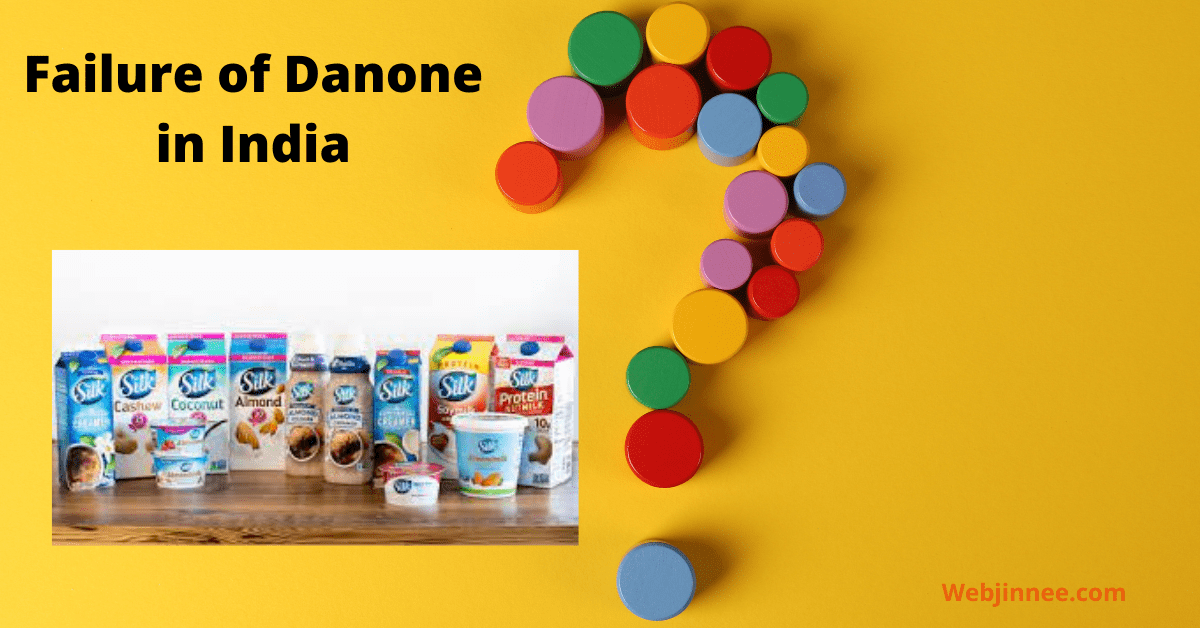
When did Danone Enter India?
The French dairy giant Danone also tried to gain attention from Indian dairy lovers by starting its division in India in 2011 and established its processing plant in Haryana.
The company was eyeing almost 1.25 billion dairy lovers with its wide range of products including yogurt. But in spite of this, Danone failed to impress Indian Consumers.
Danone was running great success globally the same year it left India the company made 28 billion dollars worldwide and was in the top three global dairy companies. But why even with all this success elsewhere Danone’s dairy business failed in India?
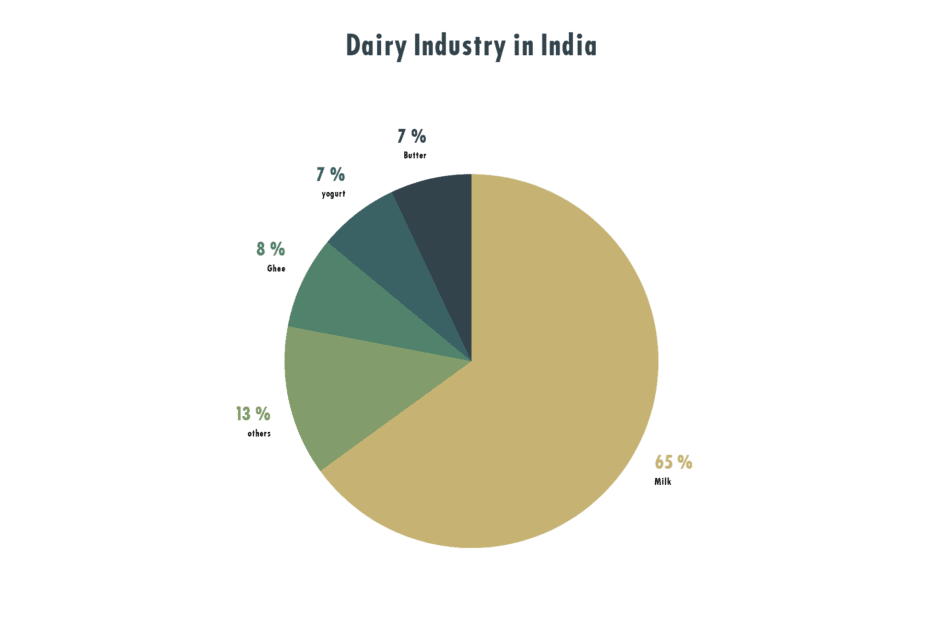
Danone India Case Study
We did a quick background check and a Danone India case study on what went wrong with Danone India? Danone focuses its business into three categories that are specialized nutrition like supplements and formula for babies, bottled waters and soft drinks, and dairy and plant-based alternatives.
Diary foods make up over half of Danone’s global sales but it’s also the one that failed in India. Danone continues to sell specialized nutrition products in India but that has a very limited market.
You May also like: What is Hyperlocal
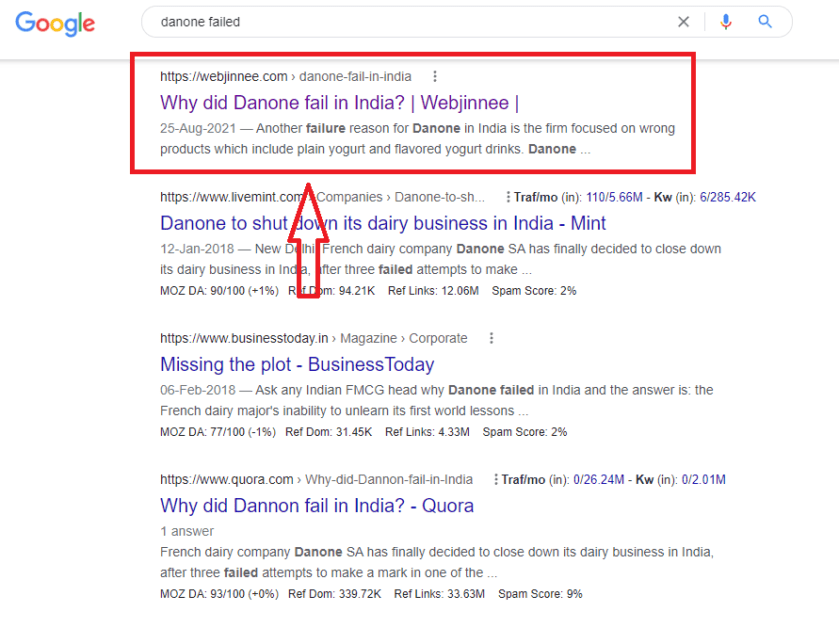
What are the Reasons of Danone's Failure in India?
1. Sourcing Milk
India has a huge market for dairy products and accounts for almost 75 million dairy farmers. The majority of the dairy farmers in India are women from rural areas who manage their own small business.
Most Indian dairy farmers are small in size who own a small herd of cows or buffaloes to substantially increase their family income. Approximately half of the milk produced in India is consumed by farmers and their families.
This local and unorganized nature of the dairy business in India is not similar to what other developing countries or developed countries have,
Danone failed to bridge this gap and understand the local market before putting their steps into the Indian Subcontinent.
This led to a problem for Danone as sourcing milk was a big challenge for their plants.
Farmers consume half of the milk and sell roughly 15 percent of the total produce to big dairy companies and co-operative milk plants. The left-out milk is directly sold to consumers or local dairy shops.
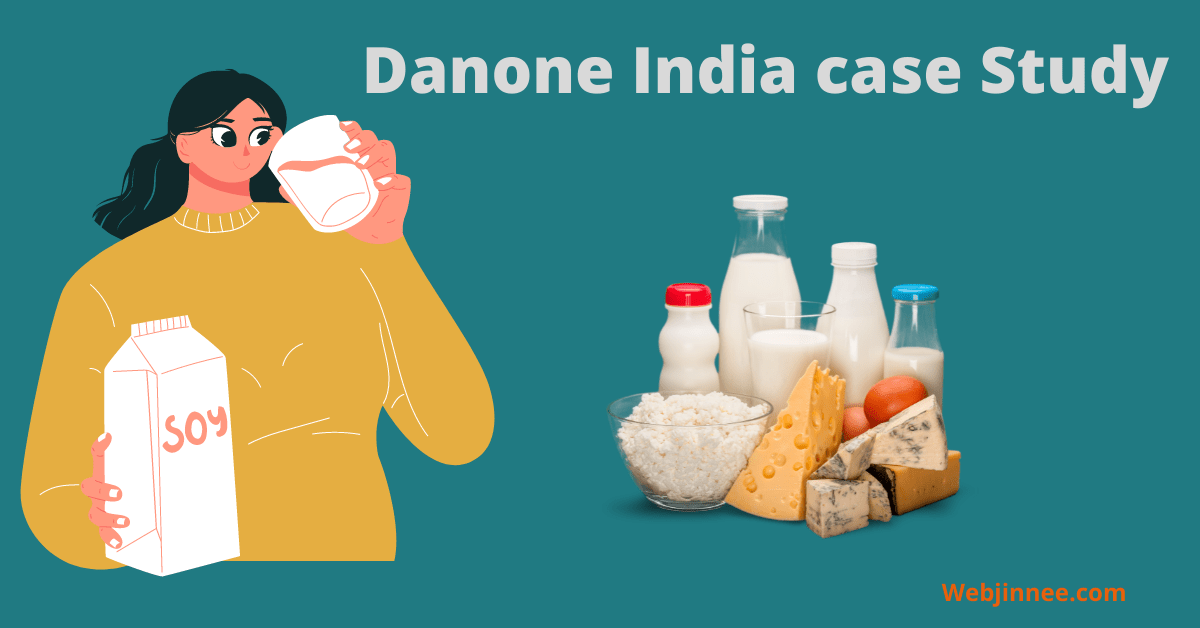
2. Local Competition
Huge firms such as Mother Dairy, Amul, and Nestle are there in India for many years, still, they have acquired only a small percentage of the Dairy market.
If we see the data shared by different market research companies, it shows that Amul holds only 7 percent, Mother Dairy holds 3.7 percent, and Nestle holds 2.9 percent of the Dairy market.
The reason behind this is the network created by local dairy farmers who still acquire almost 80% of the milk market.
Trust and quality remain the major factor due to which local farmers still tend to capture this market. It takes a long-term process to get effective results in this Dairy market.
Danone was a new entrant while already other players had established their network and they had to build brand equity for their products.
Danone contacted dozens or hundreds of local and regional dairies, processors, or individual farmers. And establishing a separate supply chain altogether resulted in a very expensive decision for Danone Vs Amul and others.
You May also like: Hyperlocal Business Model
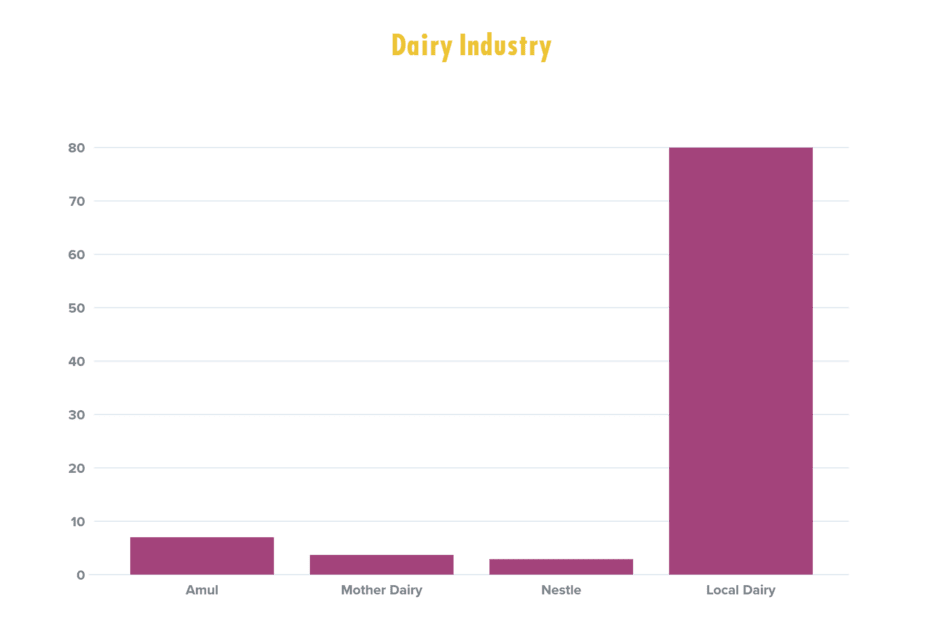
3. Wrong Products
Another failure reason for Danone in India is the firm focused on wrong products which include plain yogurt and flavored yogurt drinks.
Danone tried to push these products in the Indian market due to their high success in France and U.S. at a higher rate with more profit margin.
Also, when Danone launched yogurt in India, they did not study the market well. Yogurt roughly stands for 7 percent of the Indian dairy market while the huge percentage and high earning was in ghee or clarified type of butter and fluid milk.
The demand for Danone yogurt was very less. In case Indian buyers want to purchase premade yogurt, there are different brands available cheaper than Danone.
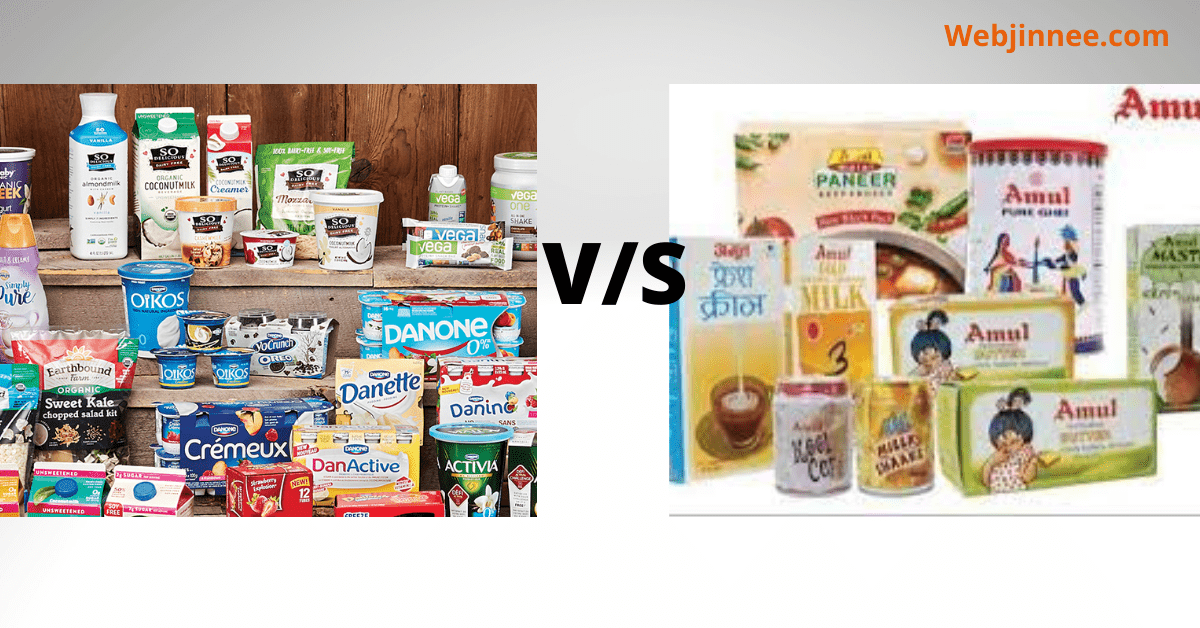
Ray of Hope of Danone in India?
In January 2018, Danone ended its dairy production in India, however, it did not leave the country. The dairy giant announced an investment of 26.5 million dollars in a nutritional startup and special nutrition food brand, Epigamia.
This proved to be a sustainable and smart move for Danone in India’s dairy industry. Epigamia offers a long range of dairy products for the urban Indian including flavored yogurt that adds value to the plain yogurt that can be rather easily made at home.
Analysts predict that a growing number of consumers will want to buy pre-made options of yogurt as they move into corporate jobs and in developing urban centers over 67 million consumers more than the entire population of Danone’s native France which will prove to be a great opportunity for Danone and Epigamia together.

Turnover of Danone in India?
Danone India turnover was less than what they assumed it to be, it did not manage to even sell 10 percent of its dairy products in India, a far cry from its global 50 percent.
Meanwhile, two of their biggest competitors Amul and Nestle made nearly 5 billion and 750 million from dairy respectively due to their better understanding of the market and localised product offering. But not all hope is lost for Danone’s dairy in India.



Children and adults should be encouraged to consume milk products because this is the period of their lives in which they are building their peak bone mass and developing lifelong habits.Milk and milk products are rich in protein and nutrition, Get milk and milk dairy products right to your doorstep in Raipur.